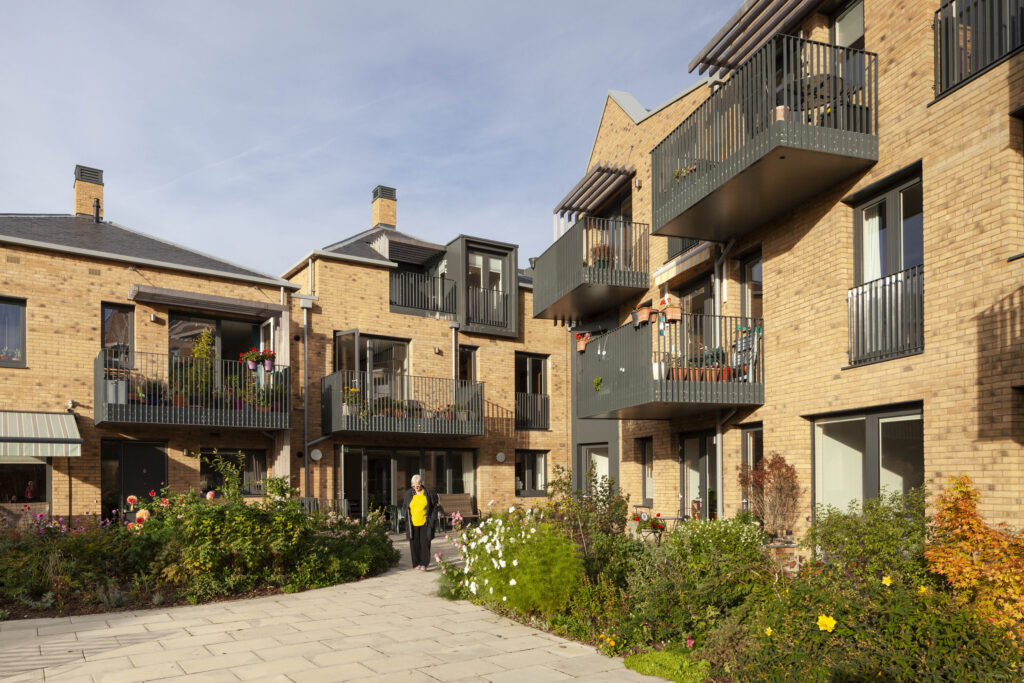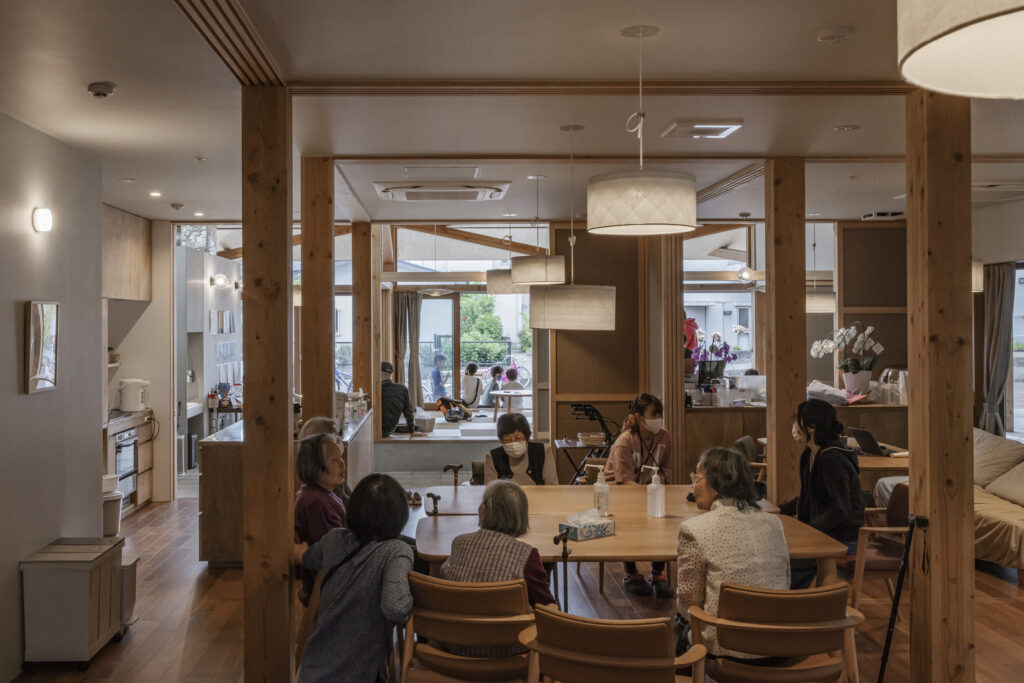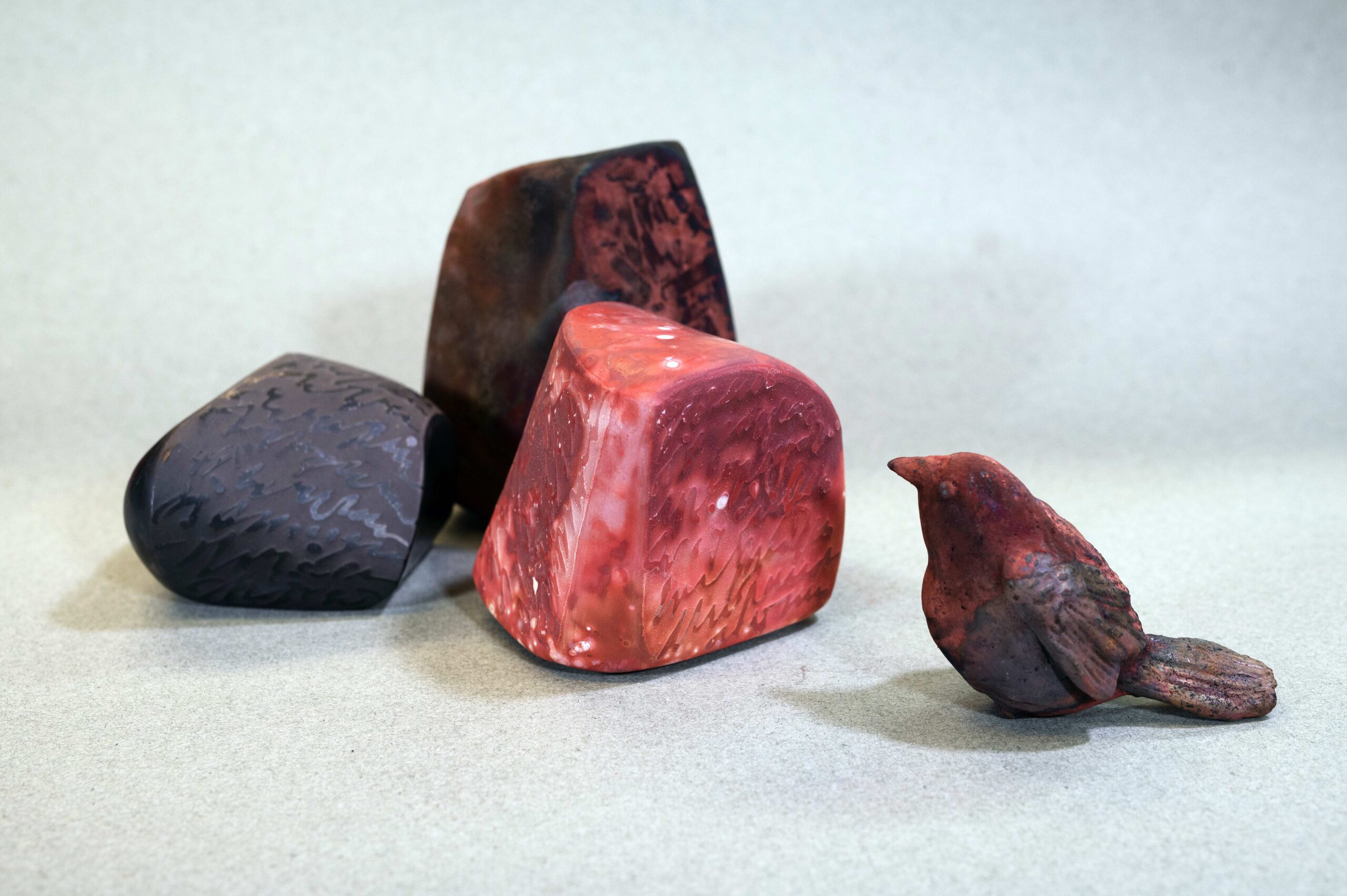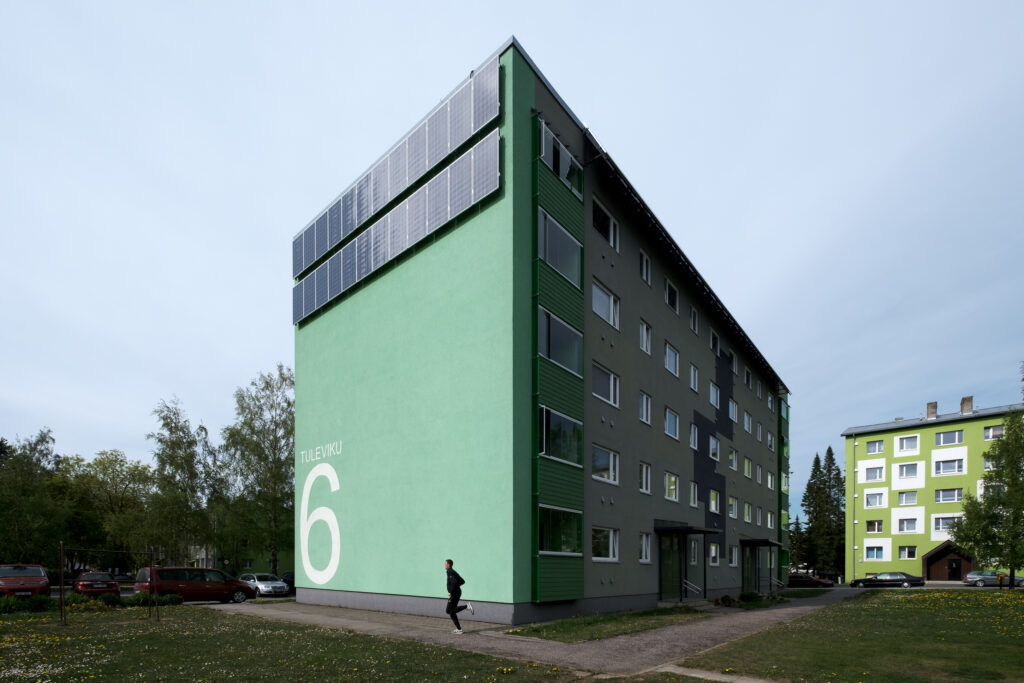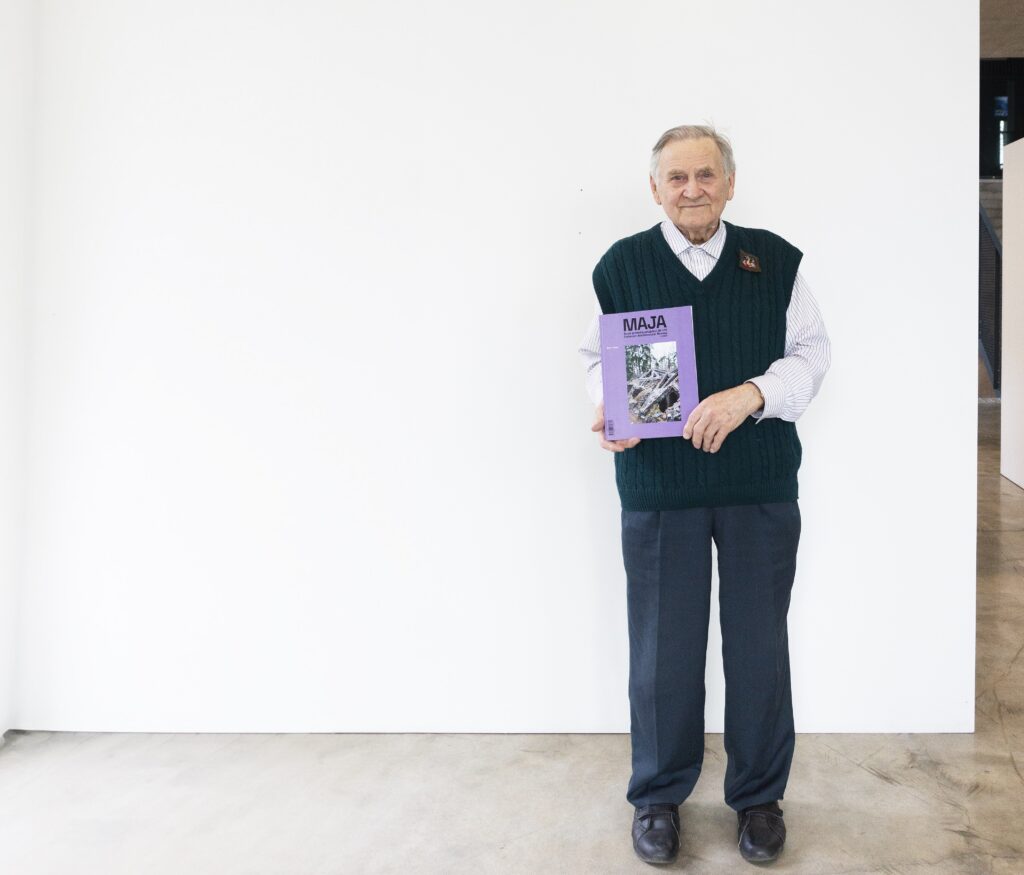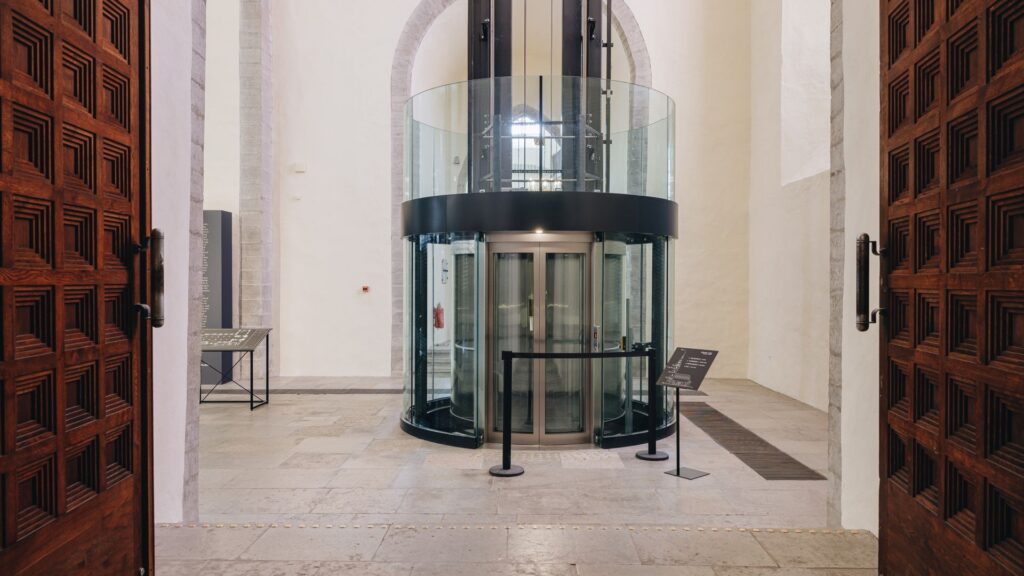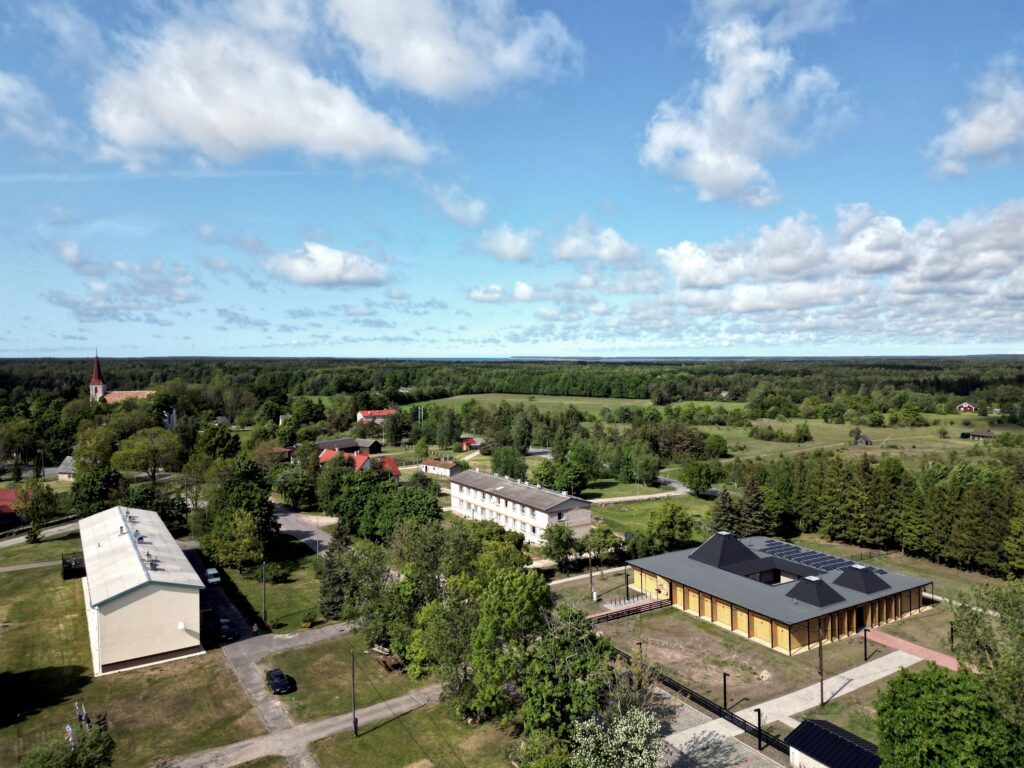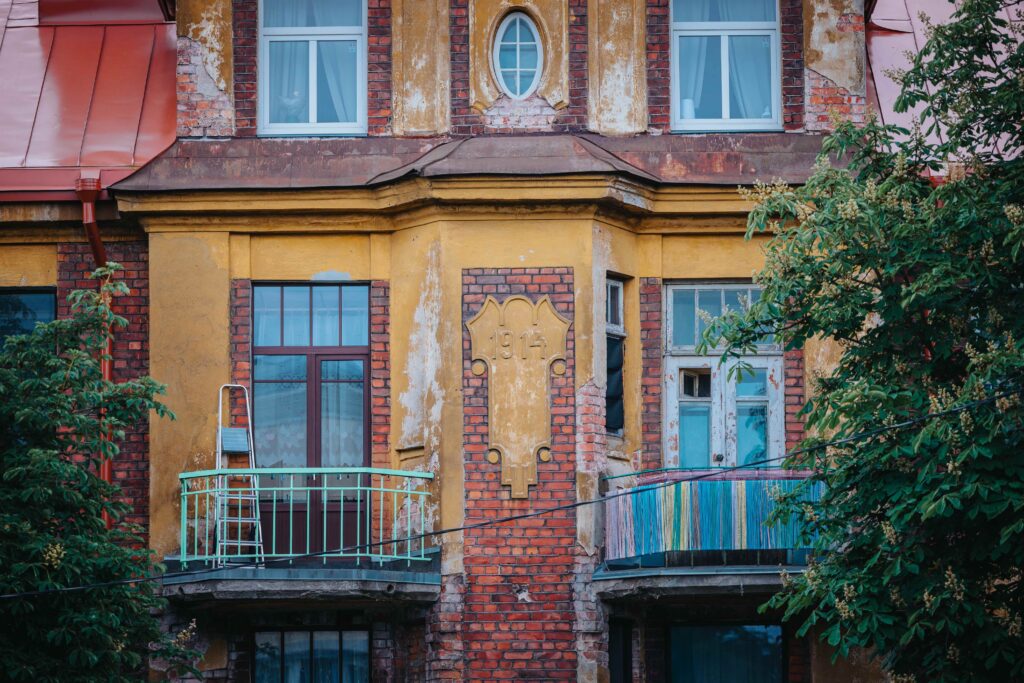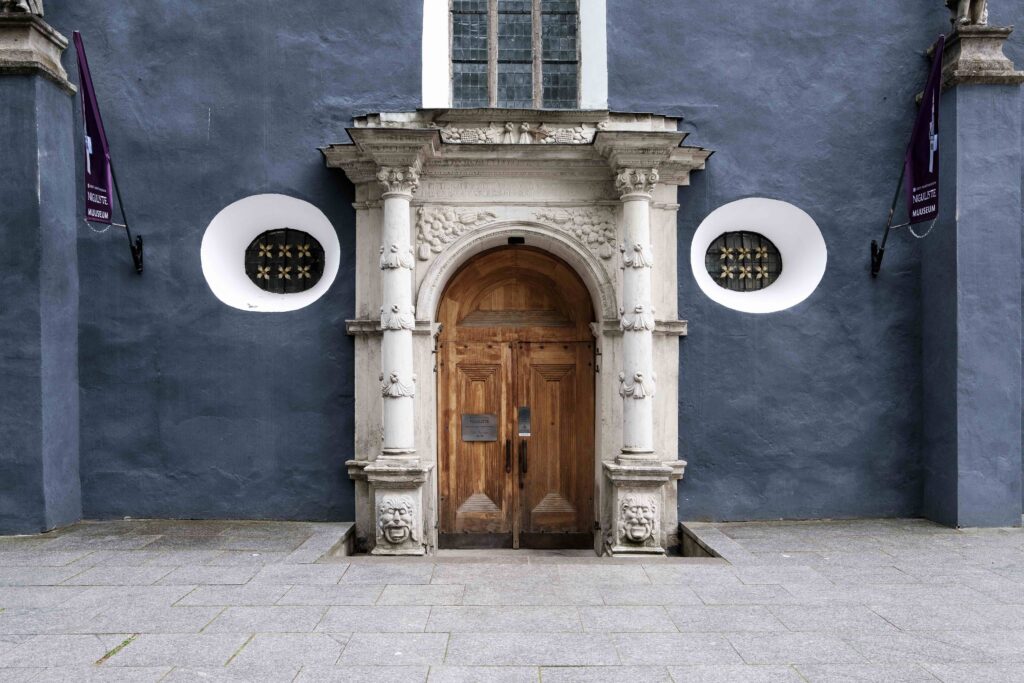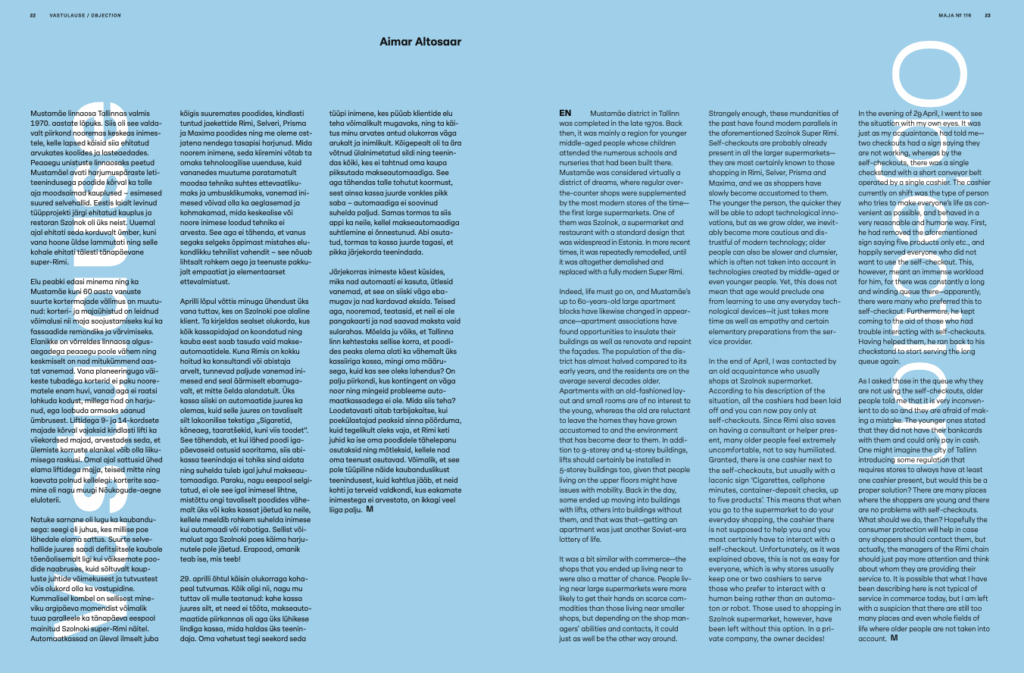2-2024: Old Age
In 2016, a group of women moved into a building in the borough of Barnet on the outskirts of London—a building that had been developed and built in collaboration with them and specially for them. Thus culminated a process that had begun in 1998, when some of these women founded the Older Women’s Co-Housing (OWCH) group.
The aging population requires nothing less than a radical retooling of the territory, with architects and urban planners at the forefront of this transformation.
But how do these pillars grow anyway? Where should you move the sum that you have collected so that it could at the very least keep up with the inflation? And what role are these savings of mine currently playing in world affairs?
On the backdrop of successful energy efficiency renovations, one can also notice two worrying trends—residents moving out either due to a lack of renovation, or due to renovation.
In talking to Rein Einasto, interdisciplinarity shows itself to be something more than calculated collaboration between experts of different fields. It has a cultural rather than project-based meaning, consisting of commonly shared social responsibility, making sense of collective action, or, to use Einasto’s own expression, being in a common spirit.
When I heard the news that there is now a lift in St. Nicholas’ (Niguliste) Church, I immediately thought of the famous Santa Justa Lift in Lisbon, designed by Raoul Mesnier du Ponsard, a student of Gustave Eiffel. On second thought, the type of lift in St. Nicholas’ is a bit different, of course, for the Santa Justa Lift connects two levels of a city built on seven hills while also functioning as a viewing platform and tourist attraction. Something similar to the latter was planned in Tallinn for the area between the so-called Roe Deer Park on Nunne Street and Toompea viewing platform by architect Herbert Johanson in 1935. Likewise, there were attempts—already in the 1920s, then in the 1950s, and for the third time in the 1990s—to draw up a lift (more specifically, a chair lift) for the Patkuli stairway zone. And yet, still no chair lift!
Mustjala care home and day centre was meant to be a pilot project for a standard design in Saaremaa. There is a shortage of care home places and the same kind of building was planned right away for Leisi too. While initially it was feared that life in such a care home would be too expensive, today we see that monthly bills for the residents do not exceed 300 euros.
‘… when humanists accuse people of “treating humans like objects”, they are thoroughly unaware that they are treating objects unfairly.’ Bruno Latour
The term ‘accessibility’ marks everyone’s involvement in the living and informational environment, regardless of their age or health, by ensuring equal opportunities for everyone’s participation in the society. The topic is increasingly discussed both on the national and municipal level, and work to improve accessibility is also ongoing in cultural institutions, including museums, which this article will be focusing on.
In the end of April, I was contacted by an old acquaintance who usually shops at Szolnok supermarket. According to his description of the situation, all the cashiers had been laid off and you can now pay only at self-checkouts. Since Rimi also saves on having a consultant or helper present, many older people feel extremely uncomfortable, not to say humiliated.
Postitused otsas
ARCHITECTURE AWARDS


